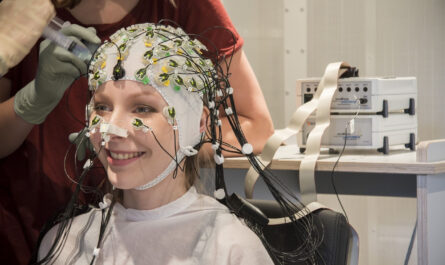Introduction to United States Ophthalmic Market
The United States ophthalmic diagnostics and surgical equipment market has progressed significantly over the past few decades owing to advancements in infrastructure development and increasing cases of ocular disorders. According to statistics by WHO, cataracts, glaucoma, myopia and diabetic retinopathy are among the leading causes of visual impairment and blindness in the country. Additionally, the growing elderly population base is also contributing the rising demand for ophthalmic devices and equipment. This article aims to provide an overview of the US ophthalmic diagnostics and surgical equipment industry, current trends and key regional dynamics shaping its growth trajectory going forward.
Diagnostic Instruments and Equipment
The US Ophthalmic diagnostics market is broadly categorized into optical coherence tomography (OCT) systems, fundus cameras, perimeters/visual field analyzers, autorefractors/phoropters, lensmeters and slit lamps. OCT systems have witnessed the highest adoption rates in recent times owing to their ability to provide high-resolution, cross-sectional tomographic imaging of the eye. Companies such as Carl Zeiss Meditec, Nidek, Optovue and Topcon offer a wide variety of spectral-domain and swept-source OCT systems for retinal and glaucoma examination. Fundus cameras are also widely used for non-invasive retinal imaging and screening of common retinal pathologies. Leading manufacturers in this segment include Canon, CenterVue, Topcon and Optos.
Surgical Equipment and Devices
The US ophthalmic surgical devices industry is the largest in the world owing to its well-developed healthcare infrastructure and growing prevalence of cataract surgeries. The segment is primarily divided into cataract surgery devices, glaucoma surgery devices, refractive surgery devices and vitreoretinal surgery devices. Cataract surgical equipment such as phacoemulsification systems, femtosecond lasers, IOL injectors and viscoelastic devices collectively account for the majority of market revenue. Glaucoma drainage devices and shunts are frequently used to treat glaucoma. Femtosecond lasers are also increasingly employed for refractive surgeries to correct myopia, hyperopia and astigmatism.
Regional Analysis
From a geographical perspective, the western region comprising states like California, Washington and Oregon has consistently recorded the highest sales of ophthalmic devices. This can be attributed to greater accessibility to healthcare, higher disposable income levels and growing elderly population in these states. The southern states including Texas, Florida and North Carolina also represent lucrative market opportunities owing to escalating prevalence of diabetes and associated retinal disorders. Meanwhile, international manufacturers are paying greater attention to the northeastern states where imports of European ophthalmic technologies have surged in the past decade. On the other hand, the Midwestern states dominated by chronic diseases could potentially emerge as strong demand centers going forward.
Challenges and Future Outlook of United States Ophthalmic Market
Despite impressive growth trends, the US ophthalmic market is confronted with certain challenges. These include regulatory compliance issues, healthcare affordability for uninsured patients, pricing pressures from generic manufacturers and data security risks. In response, companies are investing significantly in cybersecurity, compliance programs and digital health initiatives to expand access, drive efficiencies and mitigate risks. Going forward, integration of newer technologies such as artificial intelligence, augmented reality and 3D-bionics will further transform ophthalmic practice patterns.
In Summary, collaborations between tech giants and medical device players will also potentially accelerate clinical adoption of advanced solutions. The future thus remains promising for manufacturers catering to the evolving needs of eye care providers in the United States.
*Note:
1. Source: Coherent Market Insights, Public sources, Desk research
2. We have leveraged AI tools to mine information and compile it



